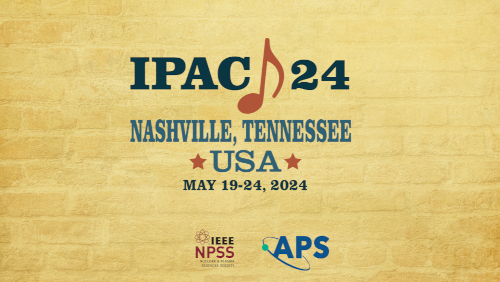Speaker
Description
We present new capabilities in the Neptune electromagnetic particle-in-cell (EM-PIC) simulation code and design environment created to support geometry-based design of high power RF sources. Neptune’s time-domain EM-PIC model to simulate high-voltage, high-current electron beam/RF interactions is a key component of the first-principles design codes created by NRL and Leidos, which provide a comprehensive, geometry-based approach to RF source design*. Neptune allows importing multi-part device geometry created by conventional CAD tools, which can simplify the design process for complex 3D devices. Imported CAD parts can be manipulated, modified and combined with other geometric elements as needed using a constructive solid geometry (CSG) model to create the device geometry to be used for simulation. New features of the EM-PIC model include an improved waveguide port model, with time-resolved waveguide mode diagnostics, and support for customized electron beam models. We will summarize the new capabilities and present examples of applications to high power RF sources.
Footnotes
- J. J. Petillo et al., "First Principles Codes and Analysis Environments for Vacuum Electronics Simulation," IEEE Trans. Electron Devices, vol. 70, no. 6, pp. 2666-2679, June 2023, doi: 10.1109/TED.2023.3236910
Funding Agency
Research supported by the U.S. Office of Naval Research. Distribution Statement A: Approved for public release, distribution unlimited.
| Region represented | North America |
|---|---|
| Paper preparation format | LaTeX |

